Pest Library
Ants
Ants can be dangerous. Any species of ant can contaminate food, but some pose even larger problems. For instance, fire ants like to place their nests in our yards uninvited and then bite and sting us if we walk too close to their nest. Their venom is strong enough to trigger allergic reactions in people.
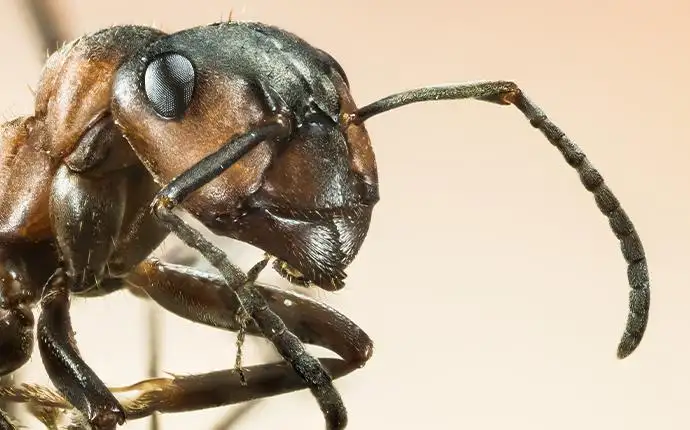
Centipedes & Millipedes
Centipedes and millipedes are examples of pests that occasionally make their way into our homes and outbuildings. Though they are similar because of their many legs, their differences can help to tell these two species apart. The biggest difference is their body shape. While both have elongated bodies, the centipede’s body is flat while the millipede has a more cylindrical worm-like shape.
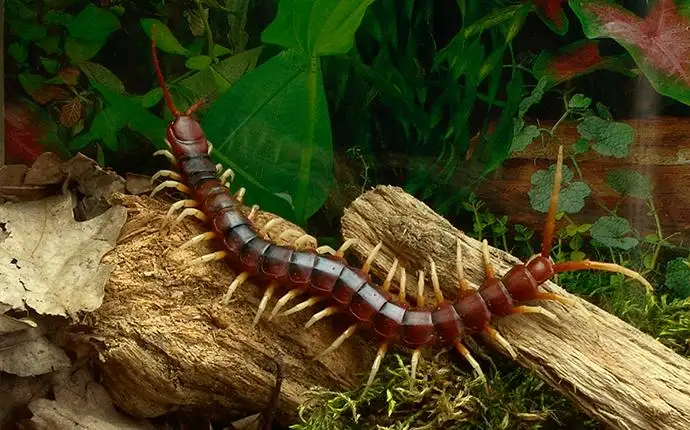
Cockroaches
Cockroaches create significant health risks for people when they decide to invade homes. These pests travel through and feed on some less-than-sanitary things, picking up a variety of pathogens and parasites on their bodies and legs. After moving into your home, they will contaminate food and surfaces with disease-causing pathogens and excrement.
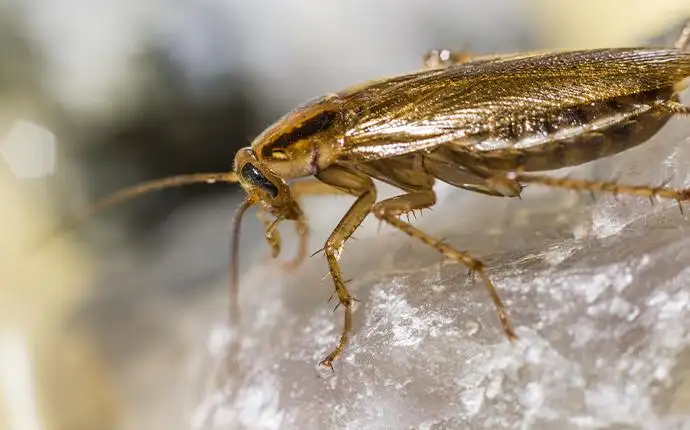
Fleas
The warm, humid weather found in North Carolina allows fleas to thrive. It provides the perfect environment for their populations to explode. Fleas mainly live outside, but if they find their way into our homes, they are also able to breed and live successfully. A few fleas finding their way inside on your clothing, on the back of a pet, or in the fur of a rodent invader can lead to a large infestation.
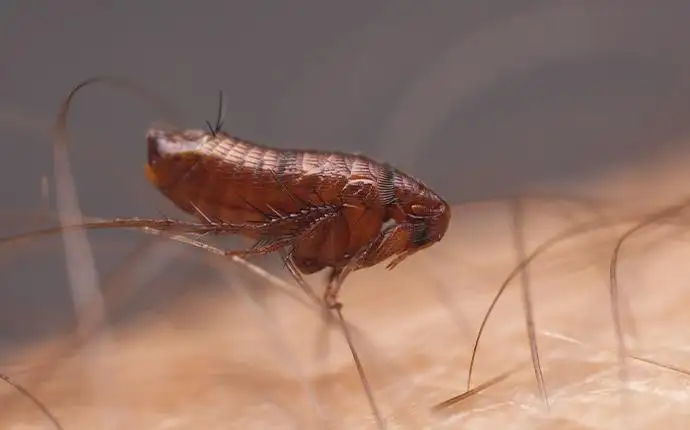
Mice
Mice are nocturnal and are most active when we are sleeping. Usually, people only see mice in their homes if there is a large infestation. Their dark droppings are rice-like in size and shape, and finding them in your house is one of the first things that alert people to an infestation.
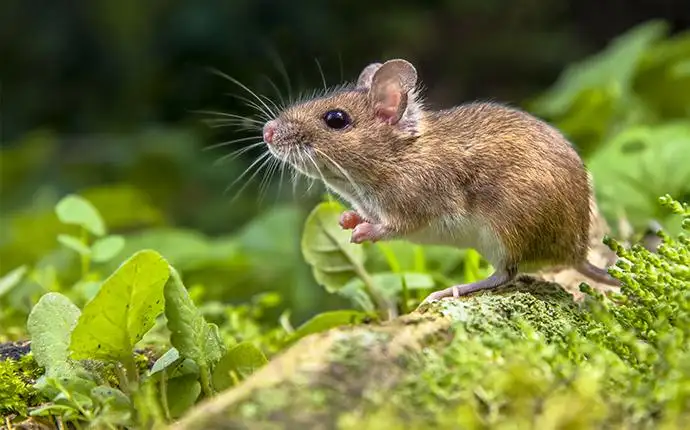
Mosquitoes
Both female and male mosquitoes use their elongated mouthpart (proboscis) to eat. Males feed only on plant nectar and females on both plant nectar and blood. In the right conditions, mosquitoes live and breed in large numbers and can make people avoid spending time in their backyards.
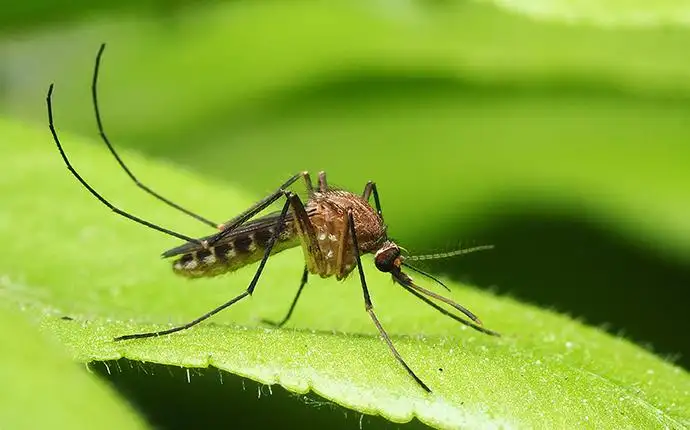
Silverfish
The biggest concern when it comes to silverfish is that their presence often indicates an underlying moisture problem around your house that you’ll need to address. Moisture problems not only attract silverfish but other moisture-loving pests that can cause even more problems for you and the structure of your home.
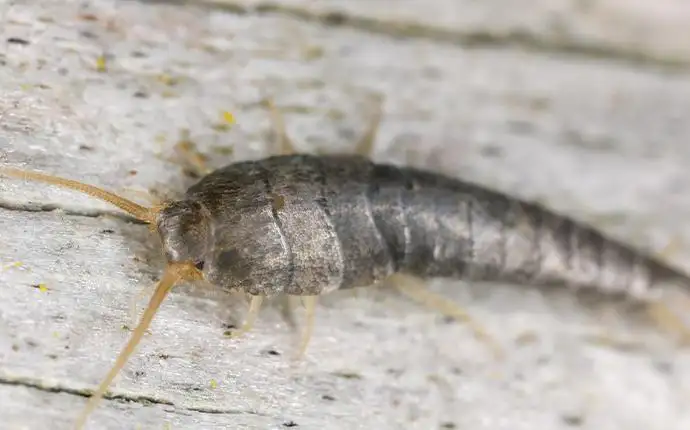
Spiders
Spiders are shy, reclusive creatures and want to hide from us. They choose areas in homes that are quiet and dark and help them to remain hidden. Wolf spiders are large spiders, so they are easier to spot than smaller species. Their large size prevents them from being great climbers, so they move along walls and hide under furniture or in clutter in basements or closets.
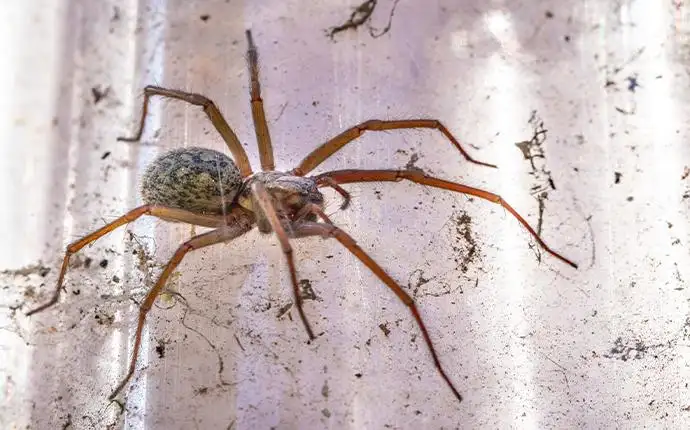
Stinging Insects
Identified by a stinger extending from their hind end, stinging insects are pests that people have a “love-hate” relationship with. We love them because they help to pollinate plants and control populations of nuisance insects. But, we hate that they sometimes build their nests in less than ideal places, putting ourselves, kids, and pets in danger.
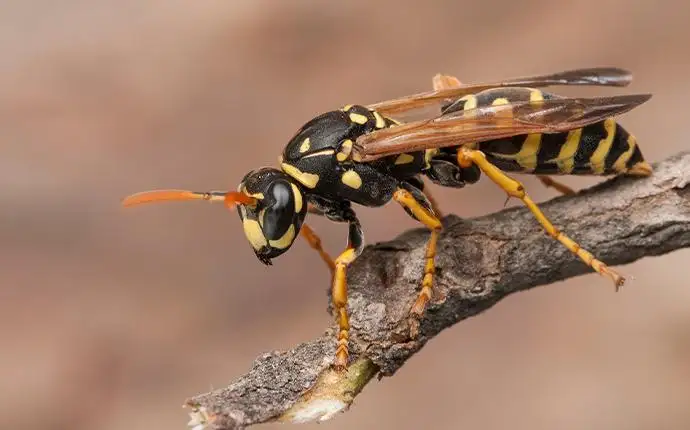
Termites
Several species of termites live across the United States. The most widespread species, and the species that we encounter the most in North Carolina, is the subterranean termite. As their name suggests, subterranean termites nest in the ground and enter into homes and other buildings mostly at ground level.
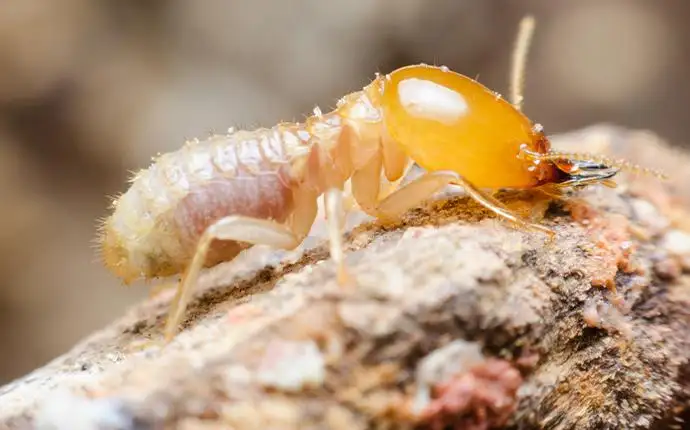
Here are some helpful pest control links, click to learn more!
National Pest Management Association
North Carolina Department of Agriculture – Structural Pest Control Division




